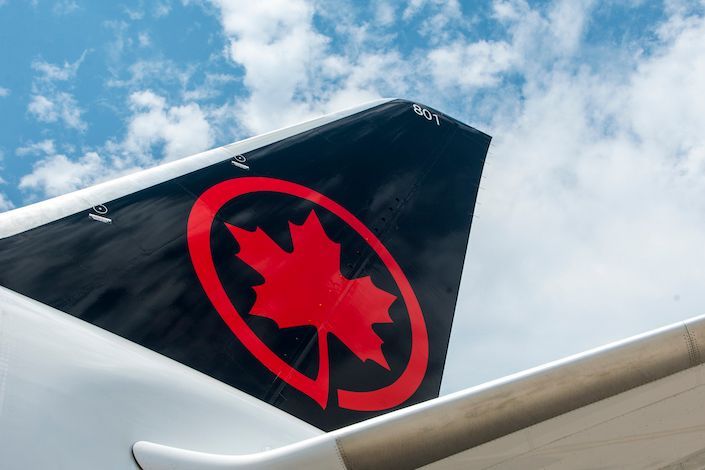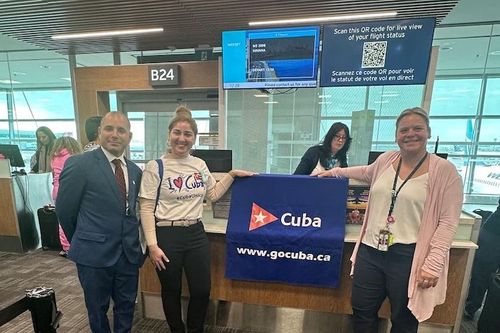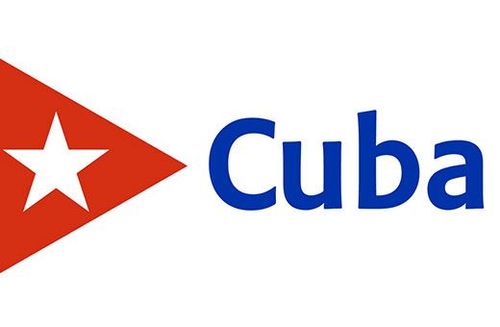Where travel agents earn, learn and save!
News / Cirium report highlights on time performances for North American airlines
Air Canada notched the worst on-time performance among large airlines in North America in 2023

Air Canada notched the worst on-time performance among large airlines in North America in 2023, according to a new report, even as the carrier surged back to profitability.
The country’s biggest carrier landed 63 per cent of its flights on time last year, placing it last among the continent’s 10 largest airlines. That means roughly 140,000 planes rolled up to the gate late — more than 15 minutes after scheduled arrival.
The score was five percentage points below the second- and third-lowest carriers, JetBlue Airways and Frontier Airlines, respectively.
Canada’s other major airline, WestJet, placed seventh in North America with a score of 69 per cent.
Meanwhile, Delta Air Lines came first at 85 per cent, followed by Alaska Airlines at 82 per cent.
Other, smaller airlines in Canada and the U.S. may have had worse on-time records than Air Canada’s, but weren’t included in the report due to their size.
“The results reflect the challenges through the year that affected carriers in Canada. However, our operation has been consistently improving so that by year end our monthly on-time performance showed a double-digit improvement over July, a significant increase,” said Air Canada spokesman Peter Fitzpatrick in an email.
The airline’s focus remains on reducing the number of late and cancelled flights, he added.
In the past, the Montreal-based company has pointed to a shortage of air traffic controllers, bad weather and a network running at full tilt amid high demand, which can mean longer recovery times after a disruption.
CEO Michael Rousseau has acknowledged Air Canada’s relatively low ranking, including after a wave of flight delays in June and July.
Despite more staff and revamped technology, the carrier’s operations failed to meet “expected levels,” he told analysts on a conference call in August.
The chief executive identified “severe weather” — thunderstorms, in particular — and global supply chain issues as among the culprits.
“We’re spending a lot of time improving our on-time performance,” he said.
Rousseau cited April and May as “very solid” and the subsequent two months as worse, when about half of all flights were late.
He also acknowledged that high load factors — when all planes are almost fully booked — do result in more “spilling traffic” after flights are cancelled, as passengers scramble to rebook with competitors and may arrive hours or days later than planned.
Other reasons can account for delays. The cold weather in Canada means planes need to be de-iced as early as October, runways need to be cleared of snow, and landing and takeoff times can be more spread out.
The frosty hurdles make achieving parallel on-time performance north of the border a challenge.
Over the holidays, however, the fairly mild temperatures across the country meant that most passengers enjoyed smooth sailing. That outcome stood in contrast to the tales of travel nightmares from 12 months earlier, when thousands of passengers saw their flights delayed or cancelled largely due to poor weather.
Over the past couple of weeks, Air Canada set aside six spare planes at its mainline operation and eight at its regional carrier Jazz. It has also baked in extra time between flights to ease connections, the company said.
The summer travel peak poses its own issues, as airlines look to maximize their fleets to fly as many customers as possible.
“In Air Canada’s case, I would tend to say that all those airplanes are (working) pretty hard,” said John Gradek, who teaches aviation management at McGill University.
“There really isn’t much joy in seeing airplanes sitting around waiting for something to happen on another aircraft.” But if a mechanical problem does arise, fleets can be stretched too thin to find a backup plane.
Strained capacity in the sector extends to labour as well, from pilots to baggage handlers. In July, the International Air Transport Association called out air traffic control organizations in North America, which include Nav Canada, for staffing shortages that “continue to produce unacceptable delays and disruptions.”
Nav Canada has acknowledged that occasional delays at the country’s biggest airports are related in part to a lack of air traffic controllers.
As planes wait to land, time spent circling the runway can tack on hours to flight crews’ shifts each week, pushing them closer to their 28-day cap and leaving less leeway for them to fill schedule holes by month’s end.
Meanwhile, late arrivals mean a smaller window to carry out preventive maintenance between flights overnight, which can result in mechanical issues and more delays down the line.
Air Canada earned $2.08 billion in profit in the first three quarters of 2023. The resurgence followed 11 straight quarters of losses totalling $10.01 billion between 2020 and 2022, when demand for travel dried up due to the COVID-19 pandemic.
Source: Travelweek











